
3 types of fruit that can.cer cells love
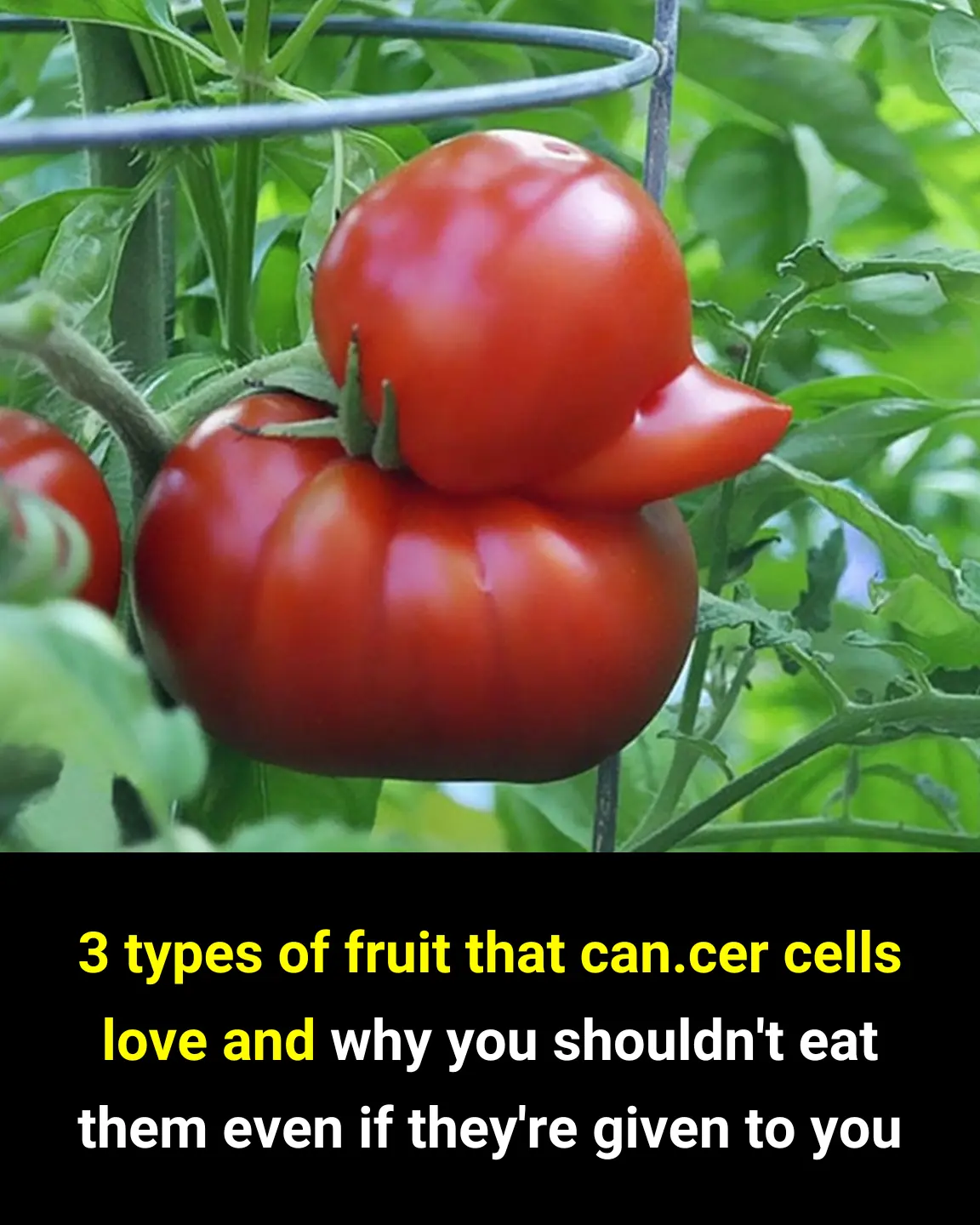
It’s best to avoid these 3 types of fruits to prevent unknowingly ingesting the "seeds of can.cer":
1. Fruits with Abnormal Shapes or Unusual Colors
Fruits that are unusually large, misshapen, or have excessively bright colors are often the first signs of concern. If a large quantity of fruits has these peculiar traits, they are likely to have been treated with growth stimulants or chemicals during cultivation.
Not only do these chemicals disrupt the nutritional balance, but they can also leave harmful residues that accumulate in the body over time. Many tests have shown that deformed fruits contain heavy metals such as lead, cadmium, and mercury - substances that are extremely ha.rmful to the liver, kidneys, and can cause DNA da.mage, increasing the risk of can.cer.
Don’t be tempted by cheap prices or "eye-catching" appearances. Bigger fruits don’t necessarily mean better; they could be a sign of ha.rmful interventions that your eyes cannot detect.
2. Fruits with Signs of Rot or Mold, Even If Very Small
Many people have the habit of cutting off the spoiled or moldy parts of fruits to salvage the remaining parts. However, this poses a great risk.
Once a fruit starts to rot or develop mold, bacteria and fungi can easily penetrate deep into the fruit. The most dangerous issue is that mold produces aflatoxin, a to.xin classified by the WHO as one of the top carcinogens. Even a small amount of aflatoxin can severely da.mage the liver and lead to liver cancer if accumulated over time.
What’s concerning is that this toxin doesn't just stay in the moldy part; it can spread throughout the entire fruit without any obvious signs. If you notice any strange odor, unusual sour taste, slimy texture, or abnormal dark spots, it's best to discard the fruit.
3. Fruits Riped with Chemicals
Many fruits, like mangoes, bananas, and papayas, are often artificially ripened using ethylene gas or ha.rmful chemicals to shorten storage and transportation times. While some ripening agents are approved for safe use, many suppliers still use unregulated and banned chemicals of unclear origin.
Chemically ripened fruits typically have a deep, uniform yellow color that looks unnatural, with dull skin. When cut open, the flesh may be mushy, release water, have an unclear aroma, or even smell artificial or pungent. The sweetness is often lacking in depth and sometimes leaves a slight bitter aftertaste.
The use of chemical ripening agents not only reduces the nutritional value but can also disrupt the natural enzyme structure, affect hormone levels, damage the liver and kidneys, and increase the risk of can.cer cell development.
It’s best to choose naturally ripened fruits - although they may not look as perfect, they are far safer and tastier.
News in the same category


Bitter mouth in the early morning - a silent sign of a serious illness?

People with blue ve.ins should pay attention to this
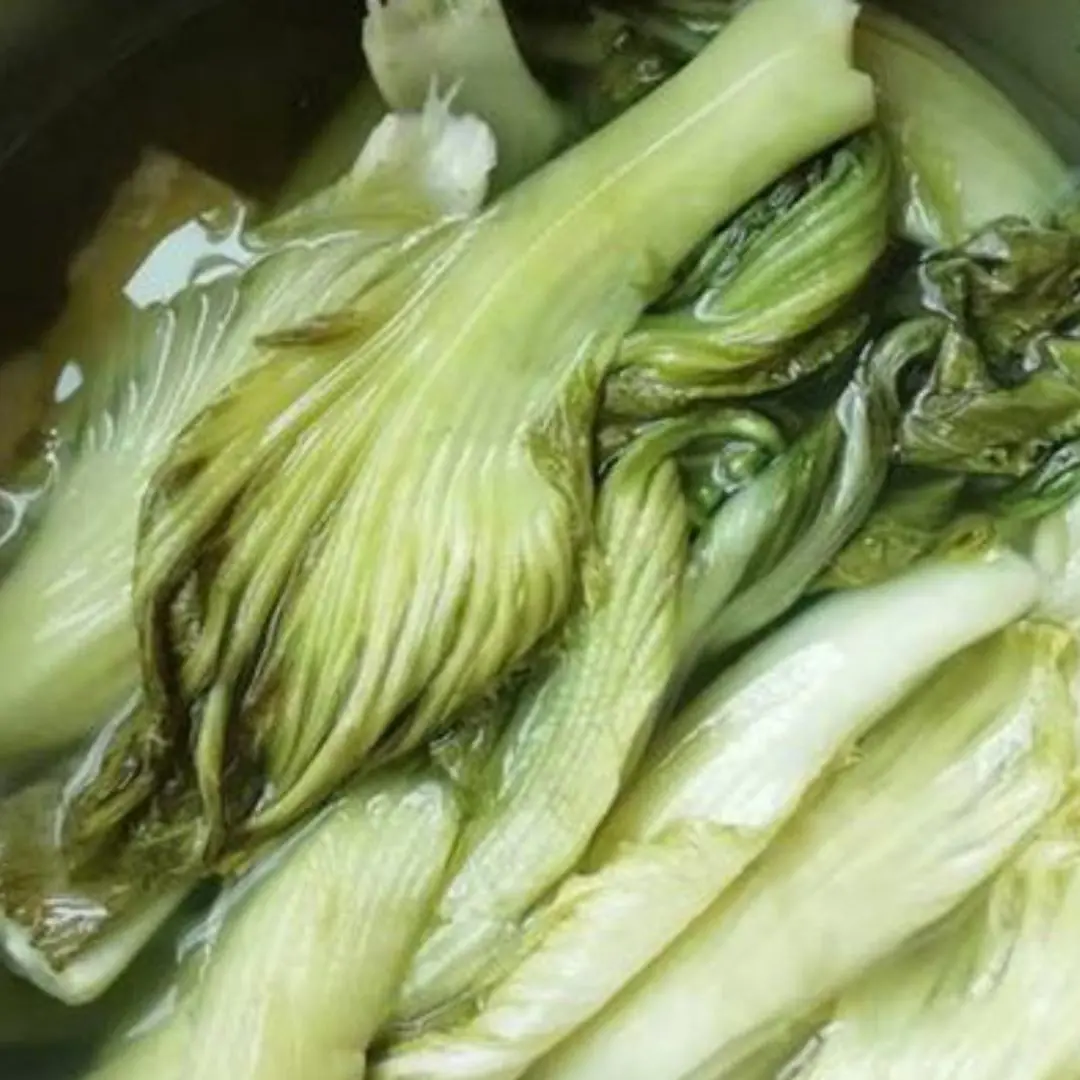
5 Foods That Can Increase Ca.n.c.er Risk – Should Be Limited In Daily Meals

6 Subtle Changes That May Signal the Early Stages of Colo.rectal Can.cer

7 Common Vegetables That Can Cause Kid.ney Stones

Why Can Young People Still Suffer Strokes and Sudden Death? 5 Dangerous Habits You Need to Quit Immediately

5 Delicious Foods Once Misunderstood as Har.mful

Spleen Cancer: A Rare But Dangerous Disease – You Need To Know!

Achy Mornings? Here’s What Your Body’s Trying to Tell You — And How to Fix It

5 Pancreatic Can.cer Symptoms Often Mistaken for Sto.mach Issues

5 Types of Drinks That Can Harm Your Liv.er and Kid.neys at Night
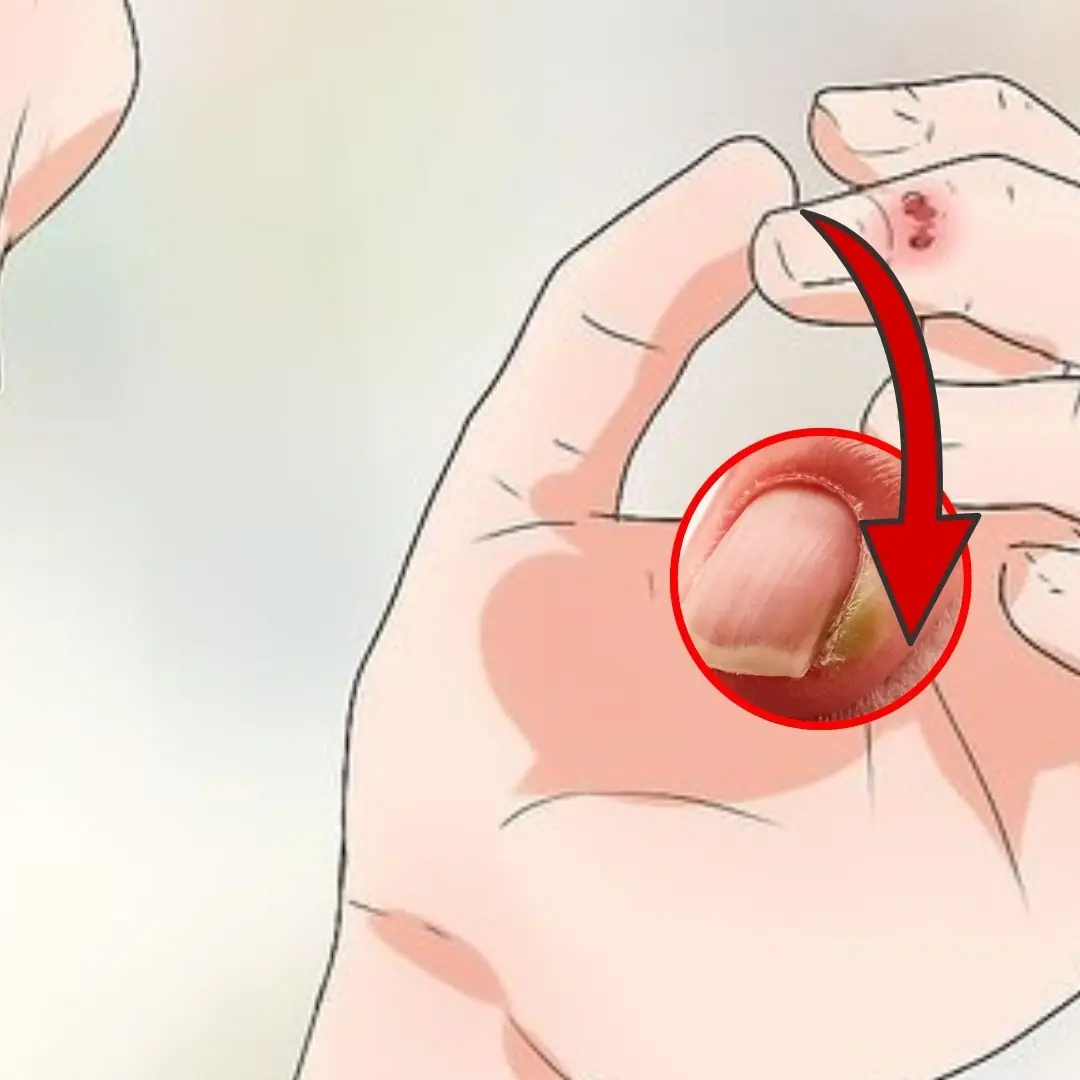
Suffering from Canker Sores? Here Are 3 Powerful Home Treatments You Should Try

When Fat Invades and Des.troys the Liv.er, the Body Swells in 5 Areas
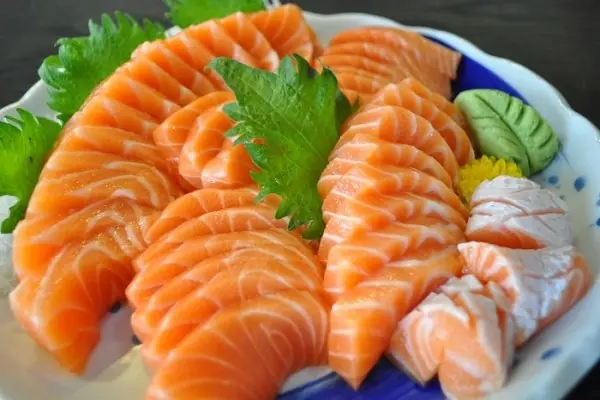
3 “Golden” Foods That Help Women During Menopause

4 Clear Warning Signs of Stro.ke
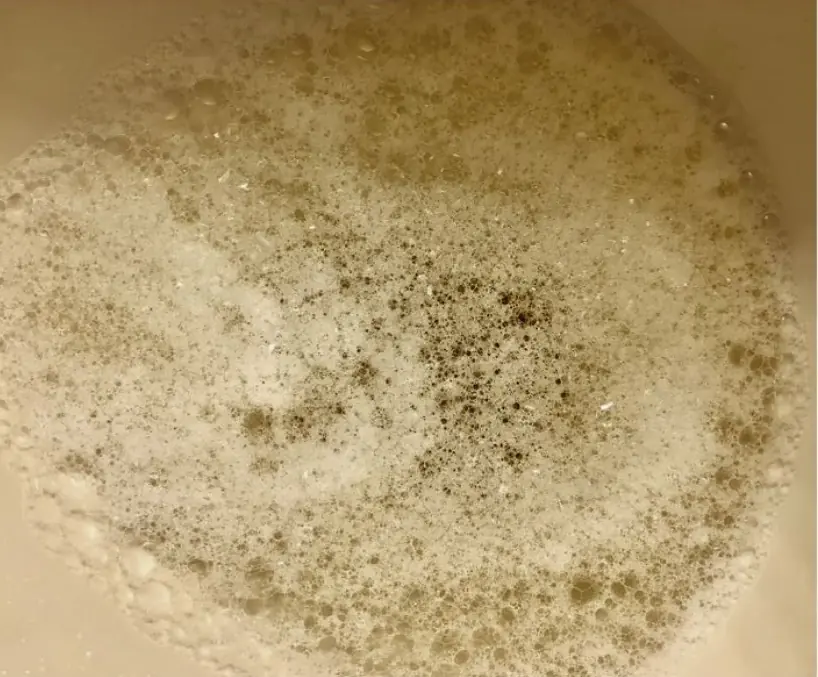
6 Bodily Changes That Are “SOS Signals” From Your Kid.neys Before Can.cer

Your Body Might Be Low on Zinc — Here Are 6 Signs to Watch For

Woman gets brain infection after eating refrigerated watermelon
News Post

5 groups of people who should absolutely NOT eat chocolate – the 3rd group will surprise you!

Bitter mouth in the early morning - a silent sign of a serious illness?
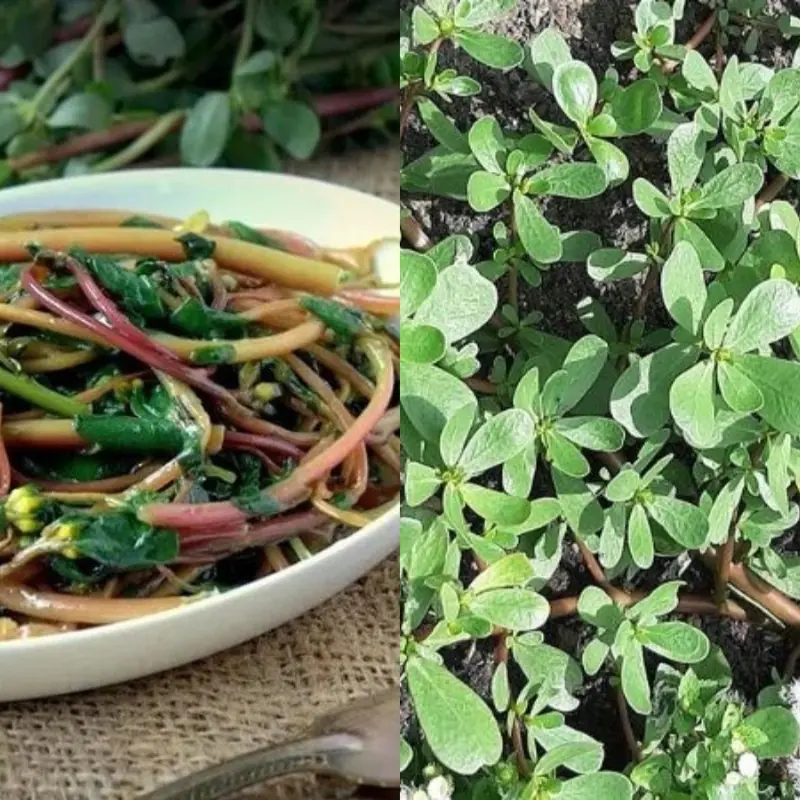
A Wild-Growing Vegetable Once Ignored Is Now Highly Sought After
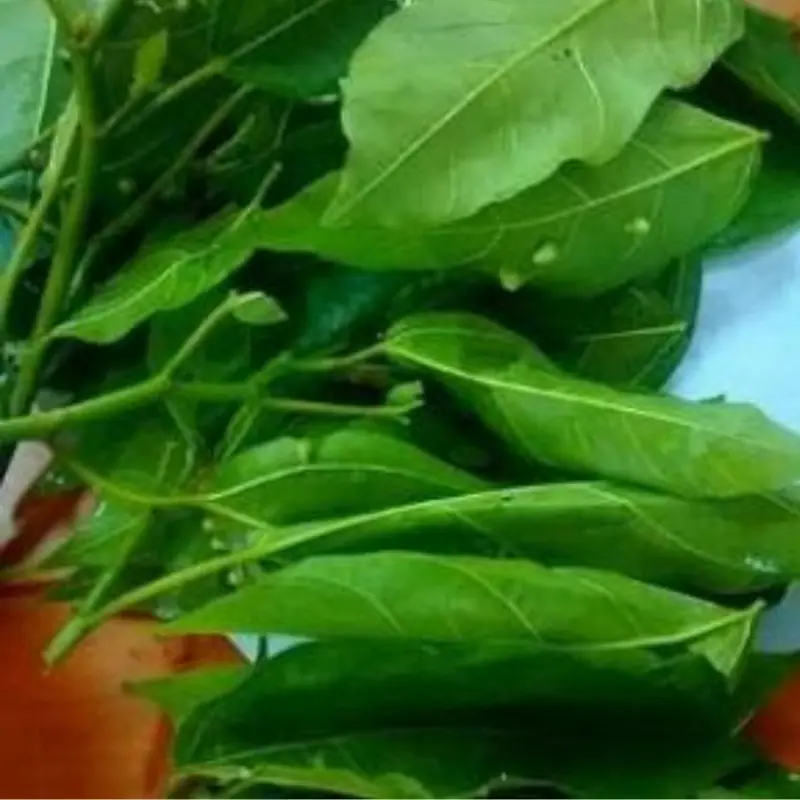
A Little-Known Leaf That Can Be Eaten Fresh or Brewed as Tea
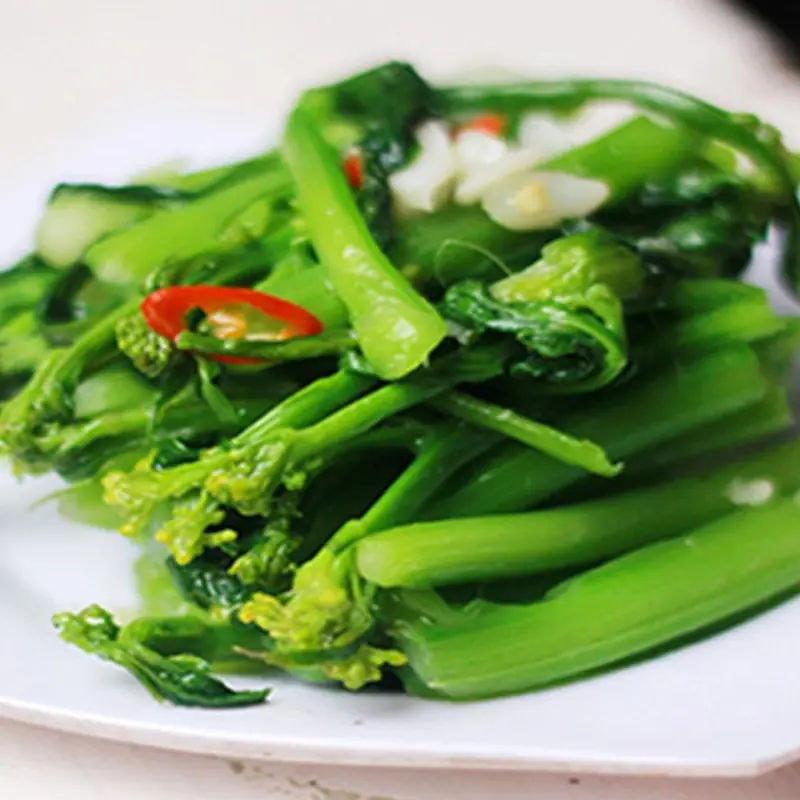
This Vegetable Contains 60 Times More Vitamin K Than Duck Eggs
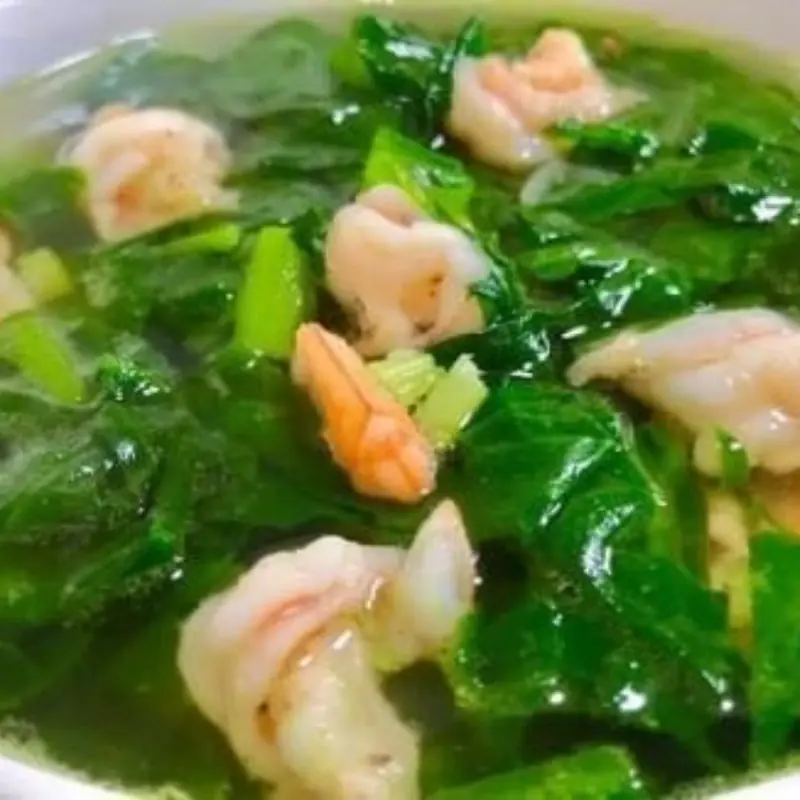
5 Types of Vegetables Rich in Natural Collagen

People with blue ve.ins should pay attention to this

How Sleeping After 11 PM Can Damage Your Body – Expert-Backed Insights

5 Foods That Can Increase Ca.n.c.er Risk – Should Be Limited In Daily Meals

Mistake #5: Almost everyone makes it—but few actually notice

A familiar vegetable ranked among the cleanest by the U.S

The royal-class meat highly praised in the U.S

This pot of stew has never been left on fire for 50 years — the reason behind it will surprise you!
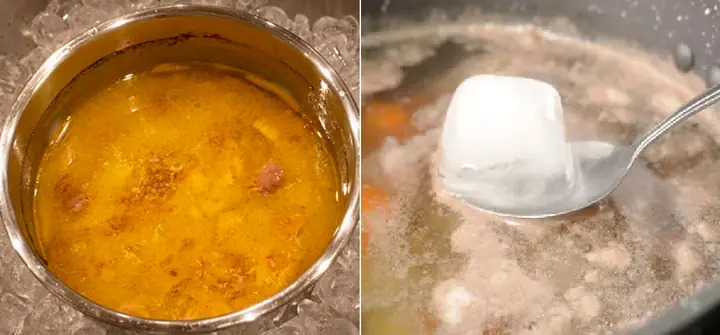
Tips to Skim Excess Fat from Greasy Soup

6 Subtle Changes That May Signal the Early Stages of Colo.rectal Can.cer

Onions Aren’t Just for Cooking: 5 Surprising Hacks

No Matter How Tight Money Is, Eat These 3 Types of Meat as Little as Possible
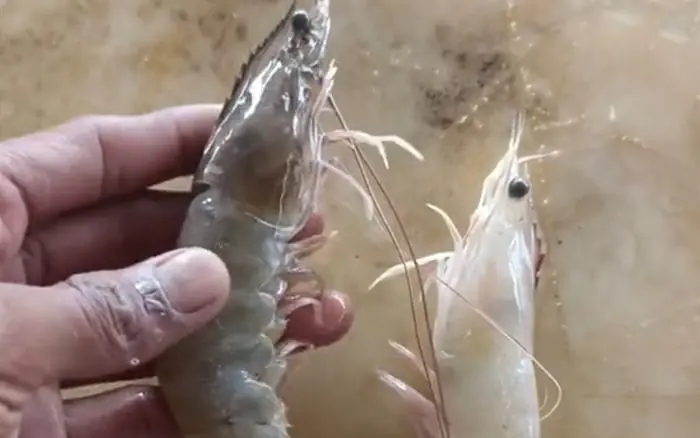
Want to Know If a Shrimp Is Farm-Raised or Wild-Caught?
